Medical Blog

How to Slow Skin Aging This Summer: The Key Factor You Can Control
Not all ageing is created equal.
Intrinsic ageing happens naturally with time, but extrinsic aging — driven by UV exposure and environmental stress — is largely preventable. Studies show that daily use of broad-spectrum SPF can visibly improve skin clarity and texture in as little as 12 weeks. As summer approaches, protecting your skin from photoaging is one of the most effective ways to slow the signs of ageing and maintain a youthful, healthy glow.
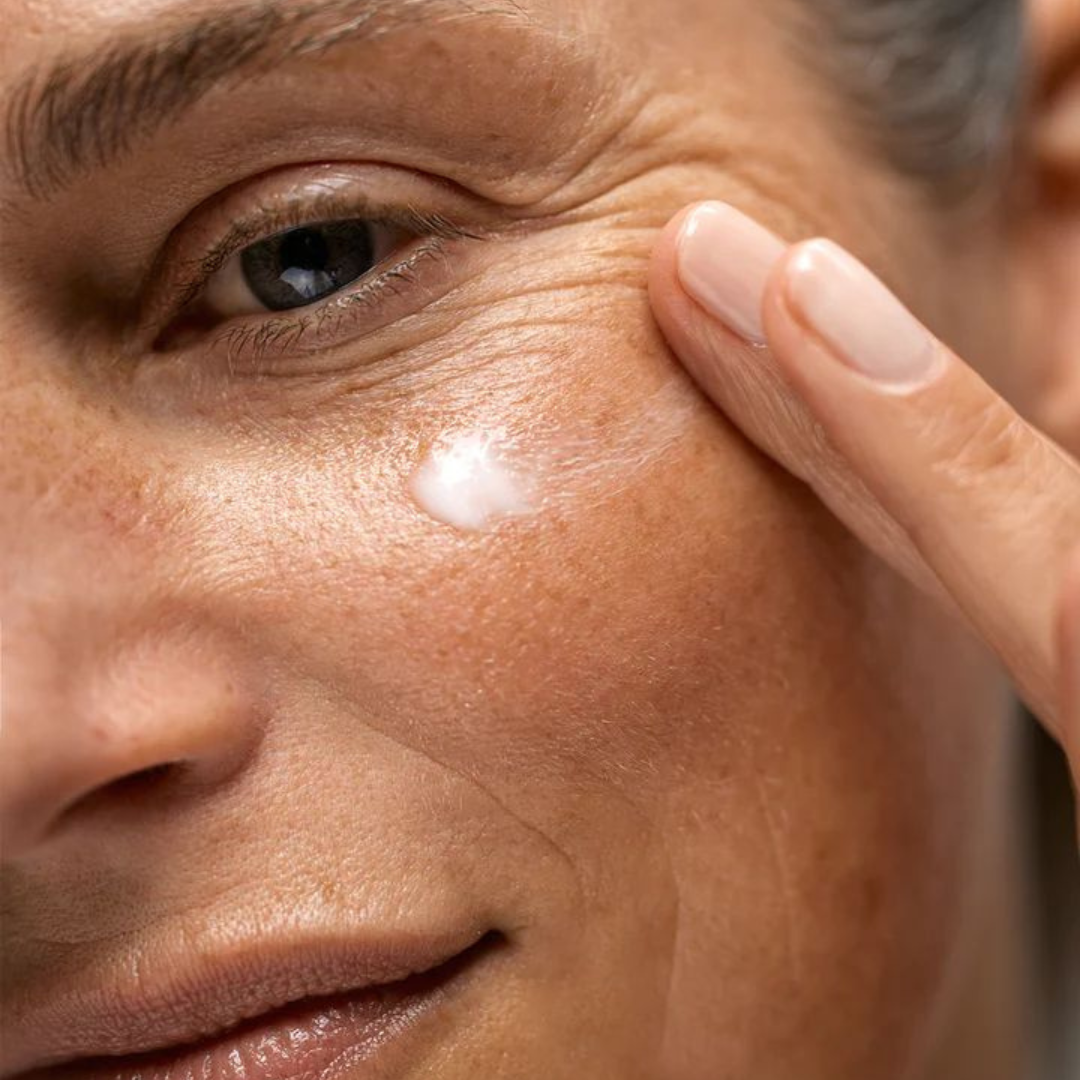
How to Build a Long-Term Aesthetic Plan (Instead of Chasing Quick Fixes)
In today’s fast-paced, filter-fuelled world, it’s tempting to chase the latest ‘miracle’ treatment promising instant results. But real, long-lasting beauty isn’t built overnight — it’s the result of consistency, strategy, and understanding your skin’s long-term needs. Quick fixes might offer a fast glow-up, but they often fade just as quickly. A long-term aesthetic plan empowers you to invest in your skin’s health, strength, and longevity.
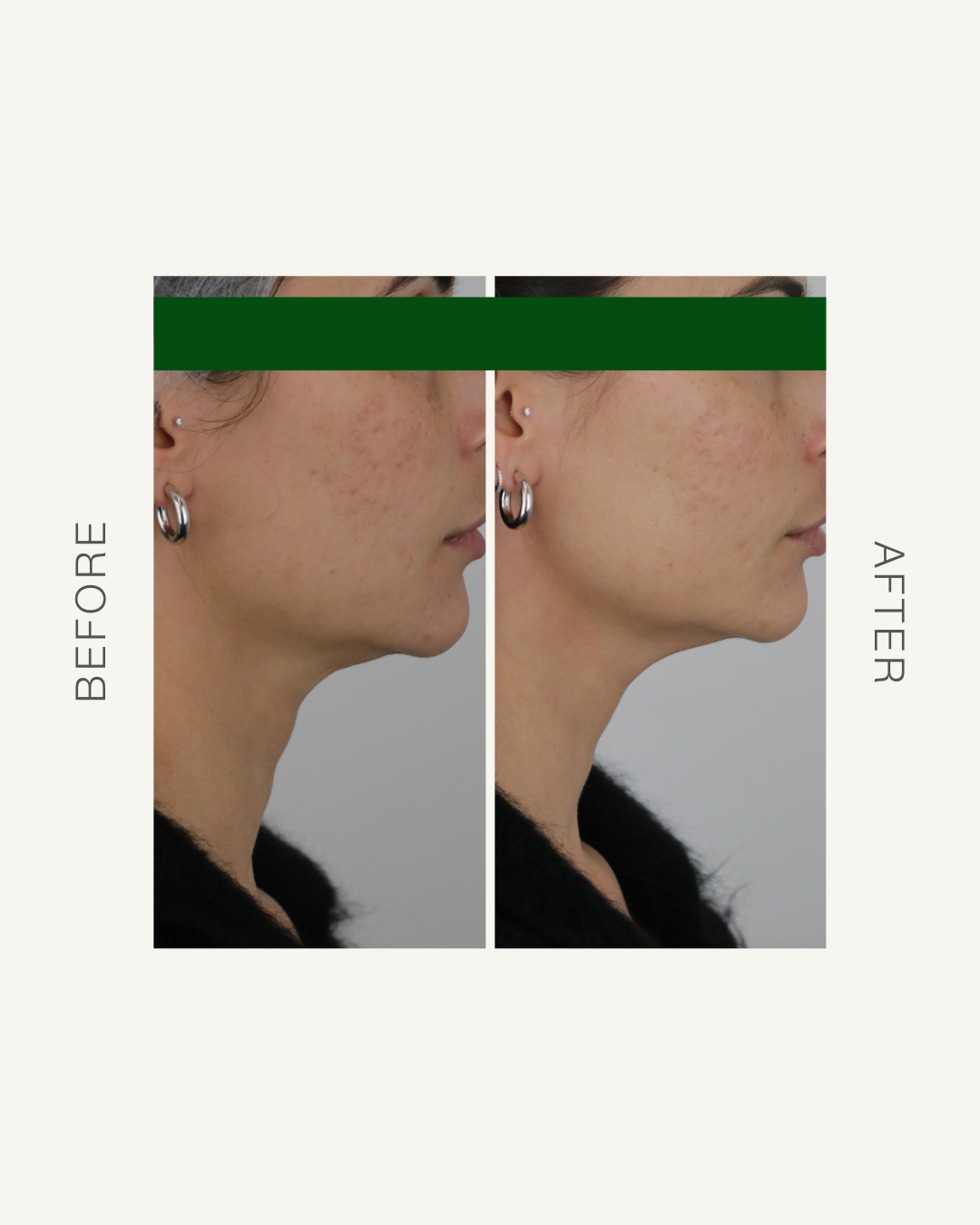
PROFILE PERFECT: THE BUZZ AROUND JAWLINE CONTOURING
Jawline contouring has fast become one of the most sought-after cosmetic treatments — and for good reason. The jawline is the foundation of the lower face, shaping overall harmony and balance. Even the most subtle enhancements can make the face appear more lifted, defined, and refreshed.
Thanks to modern non-surgical techniques like dermal fillers, botulinum toxin, and skin boosters, it’s now easier than ever to create natural, sculpted definition without downtime. Whether it’s softening strong jaw muscles, refining jowls, or enhancing structure, treatments can be tailored to suit each individual’s goals.
As Senior Advanced Cosmedicine Nurse Marilou explains, “A well-defined jawline can transform the whole face — it’s about balance, not change.”
Skin Blog

Summer Skincare Tips: Expert Advice to Protect and Rejuvenate Your Skin
Summer Skincare Essentials
Sun, sweat, and sand — summer can be tough on your skin. The good news? With the right essentials, you can protect, prevent, and repair. From daily SPF and antioxidant-rich serums to Vitamin A and gentle cleansing, these skincare staples keep your skin healthy, hydrated, and glowing all season long.
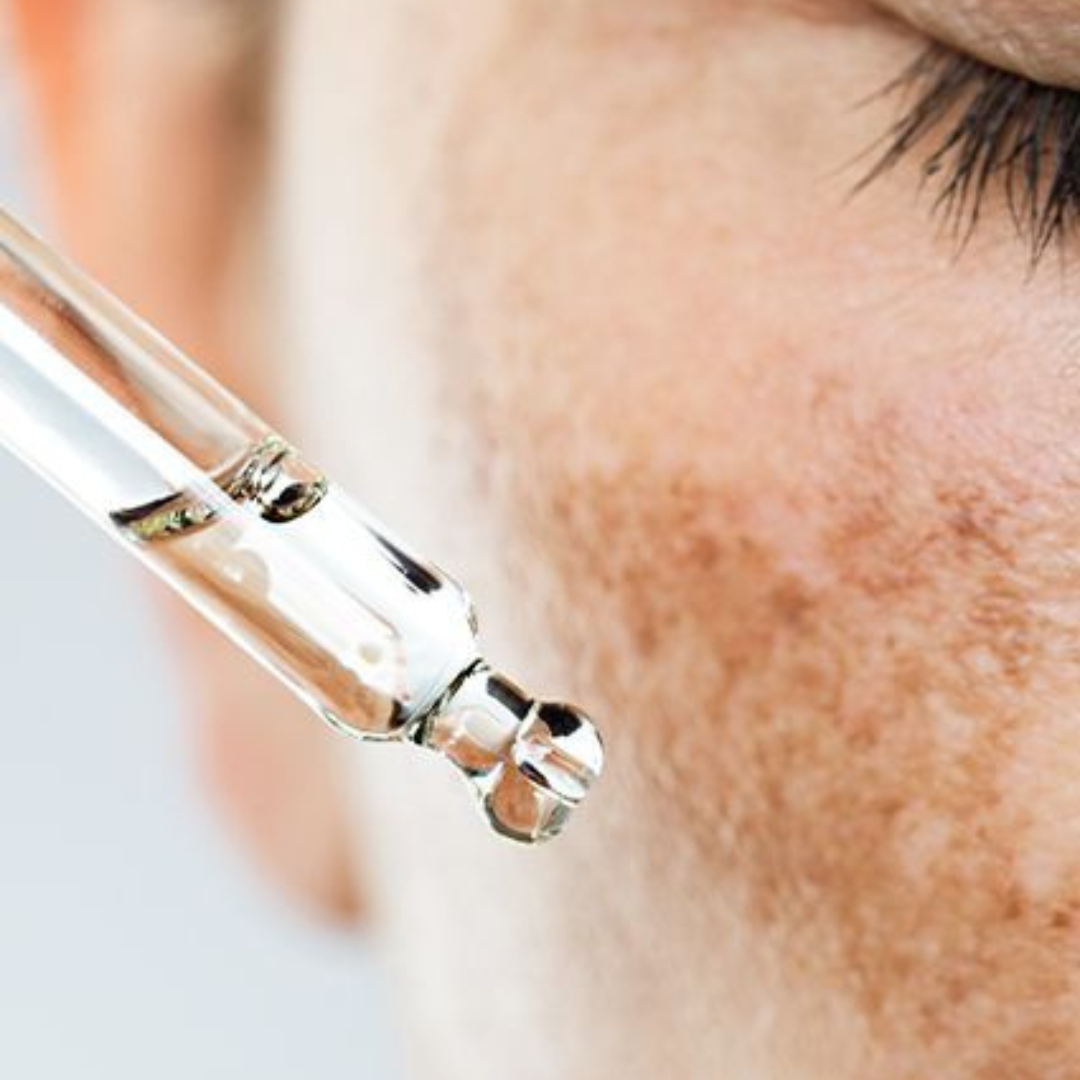
4 Things Your Skin Therapist Wants You to Know About Melasma
Melasma isn’t just “a bit of pigmentation” — it’s complex, persistent, and often frustrating. Unlike standard sunspots, melasma is driven by heat, hormones, and inflammation, making it one of the trickiest skin conditions to manage. In our latest blog, we break down what really works (and what to avoid), from the right ingredient combinations to why heat-based treatments can make things worse.
Discover the smarter, gentler way to get melasma under control — and why your skin can still glow, melasma or not.
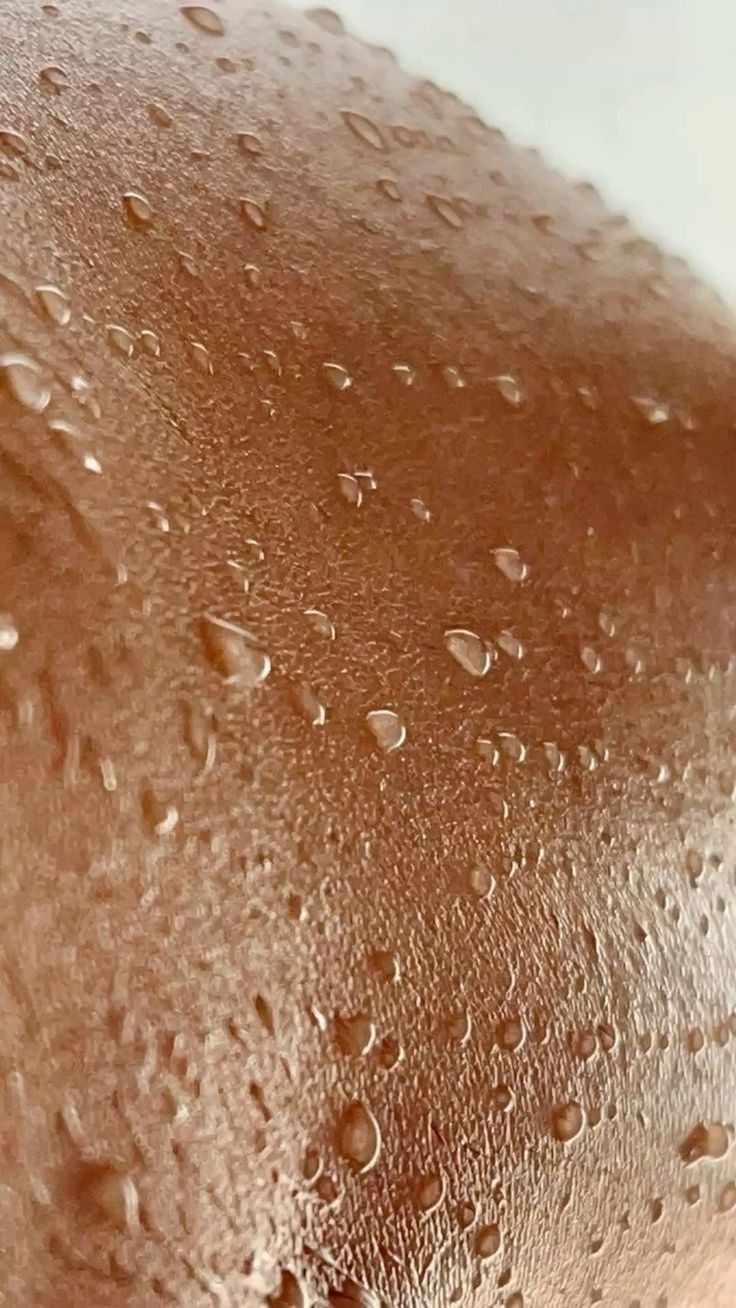
Skin’s New Secret Weapon: Why Everyone’s Talking About Exosomes
The future of skin health lies in regeneration — and exosomes are leading the way. These microscopic messengers, derived from stem cells, help your skin repair, renew, and function at its best. Packed with growth factors and proteins, exosomes enhance collagen and elastin production, calm inflammation, and accelerate healing.
When combined with advanced treatments like RF Needling or SkinPen, exosomes supercharge results — improving texture, tone, and long-term skin vitality. Think of them as the ultimate skin boosters, working at a cellular level to future-proof your glow.
As Medical Skin Therapist Sheridyn explains, “Exosomes take skin rejuvenation to the next level — they don’t just treat the surface, they help your skin truly regenerate from within.”
TFP Academy Blog
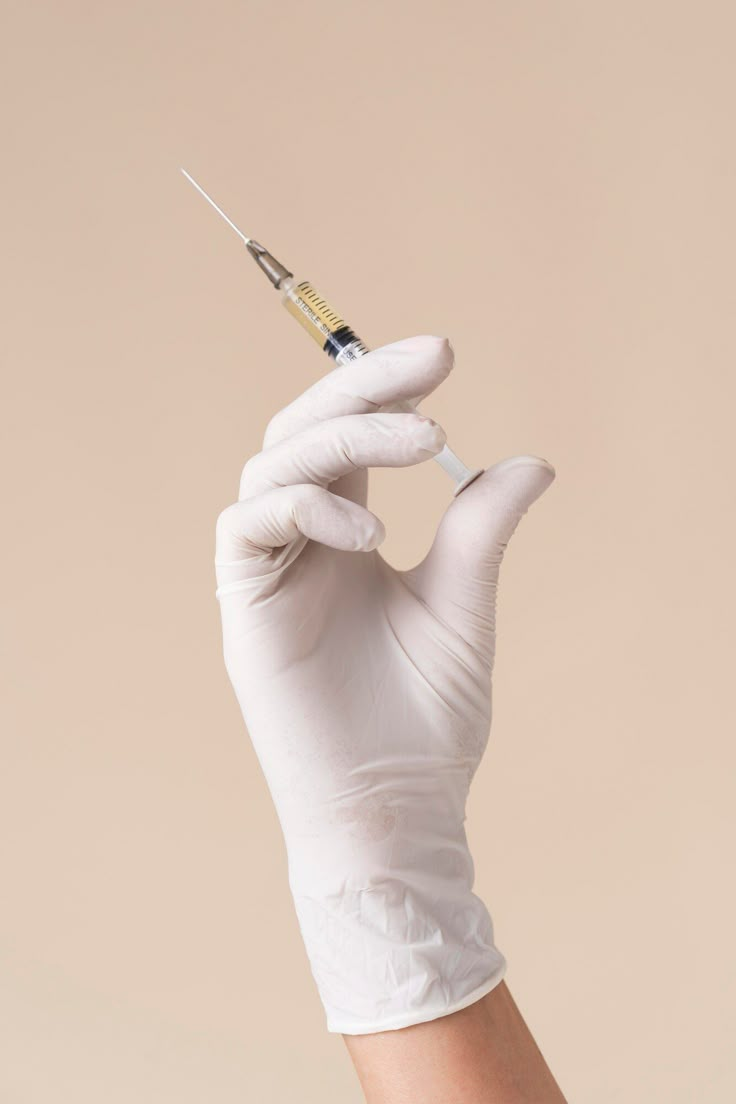
Breaking Free from Brand-Led Training in Aesthetic Medicine
Most cosmetic injectors begin their education with pharmaceutical company workshops — but these sessions often prioritise product promotion over true clinical learning. At The Face Place Academy, we take a different approach. Our workshops are small, hands-on, and brand-neutral, giving you the skills, confidence, and versatility to treat patients safely and effectively with a wide range of products and techniques.

Your Future in Cosmetic Medicine Starts Here
Thinking about a career in cosmetic medicine? Whether you're a registered health professional curious about injectables or ready to make a full career pivot, The Face Place Academy offers the training and support to get you started. Our comprehensive, hands-on courses blend science, artistry, and ethics—helping you build the confidence and skills to thrive as a cosmetic injector, no matter your experience level.

From Hesitation to Confidence: A Trainer’s Insight into Mastering the Foundation of Neuromodulators
Around The Clinic

Sustainability in Action: How Our Clinic is Making a Real Difference
Dr Jenni's Updates
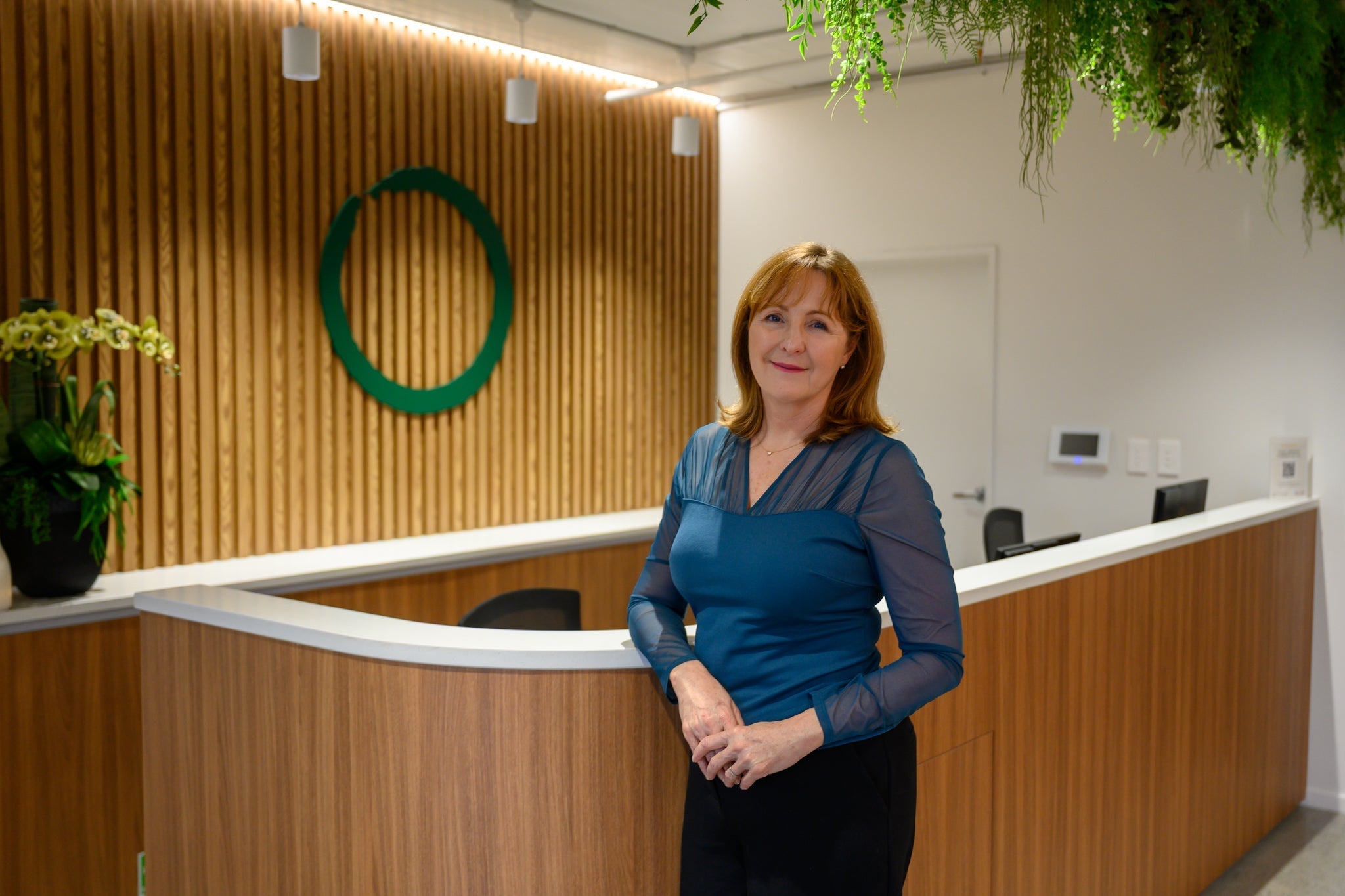
Reflections on My Journey and Expanding Treatment Offerings at The Face Place
As I step into my third month as owner, I’m excited to expand our offerings with evidence-based treatments that deliver natural, lasting results. This month we welcome Sculptra — a collagen-stimulating injectable that restores firmness and skin quality, supporting healthy ageing and confidence at every stage.
— Dr Jenni Irvine
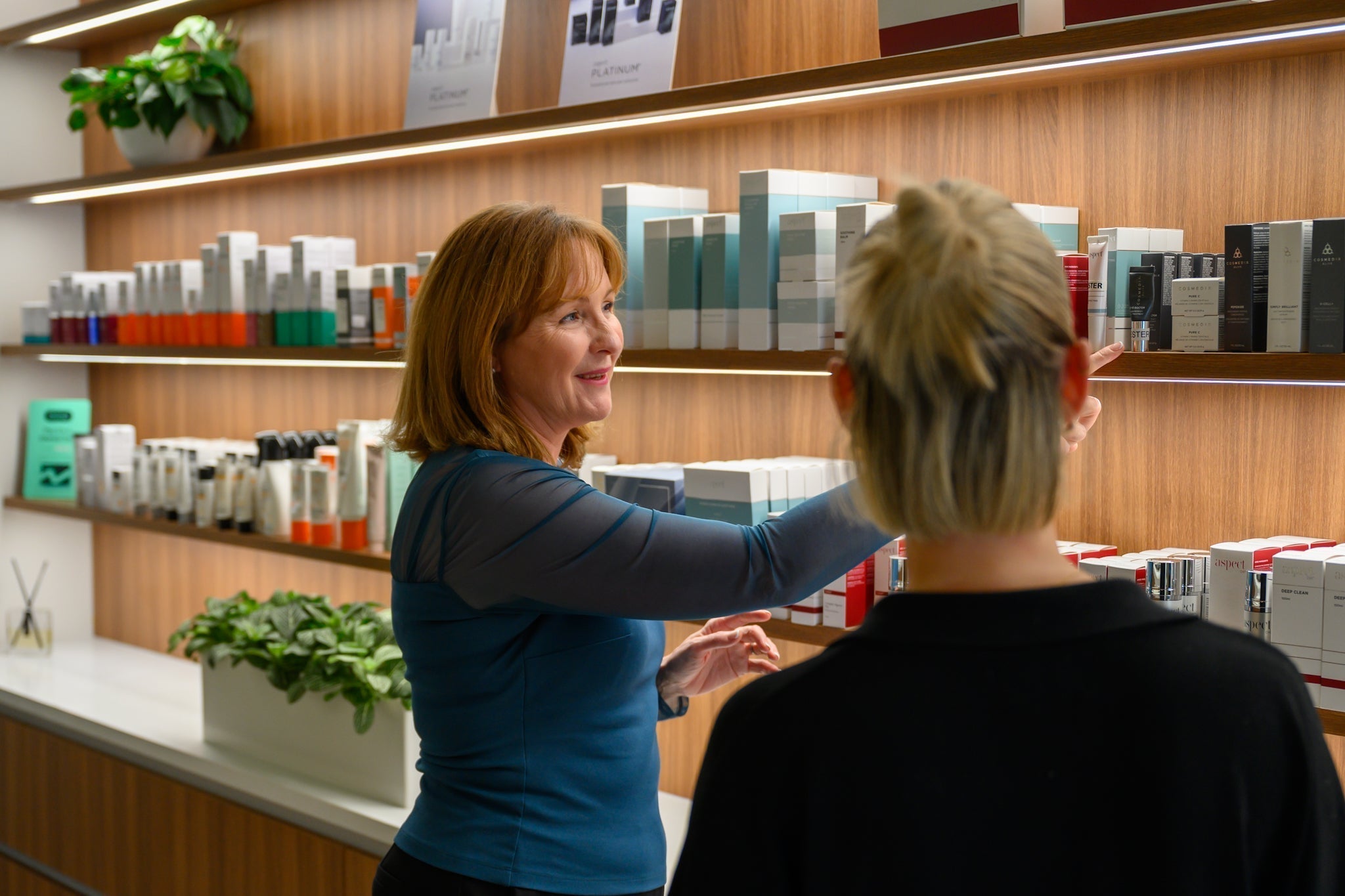
Coming Home: My First Month as Medical Director at The Face Place
It’s hard to believe it’s already been a month since I returned to The Face Place. Stepping back into the clinic has felt like coming home — reconnecting with familiar faces, meeting new team members, and settling into an environment that embodies integrity, ethics, and excellence. I’m excited to build on the legacy Cat has created while getting to know our wonderful patients and shaping the next chapter together.

Dr Cat's August Update
After 25 incredible years, The Face Place enters a new chapter. On 31 July, Dr Jenni Irvine officially took over ownership—bringing with her a deep understanding of our values, culture, and commitment to excellence. While the heart of The Face Place remains the same, this transition marks an exciting new era for the team, our patients, and what’s to come. In this heartfelt farewell, Dr Cat reflects on the journey so far, the decision to pass the torch, and what’s next in her own inspiring story.
